-
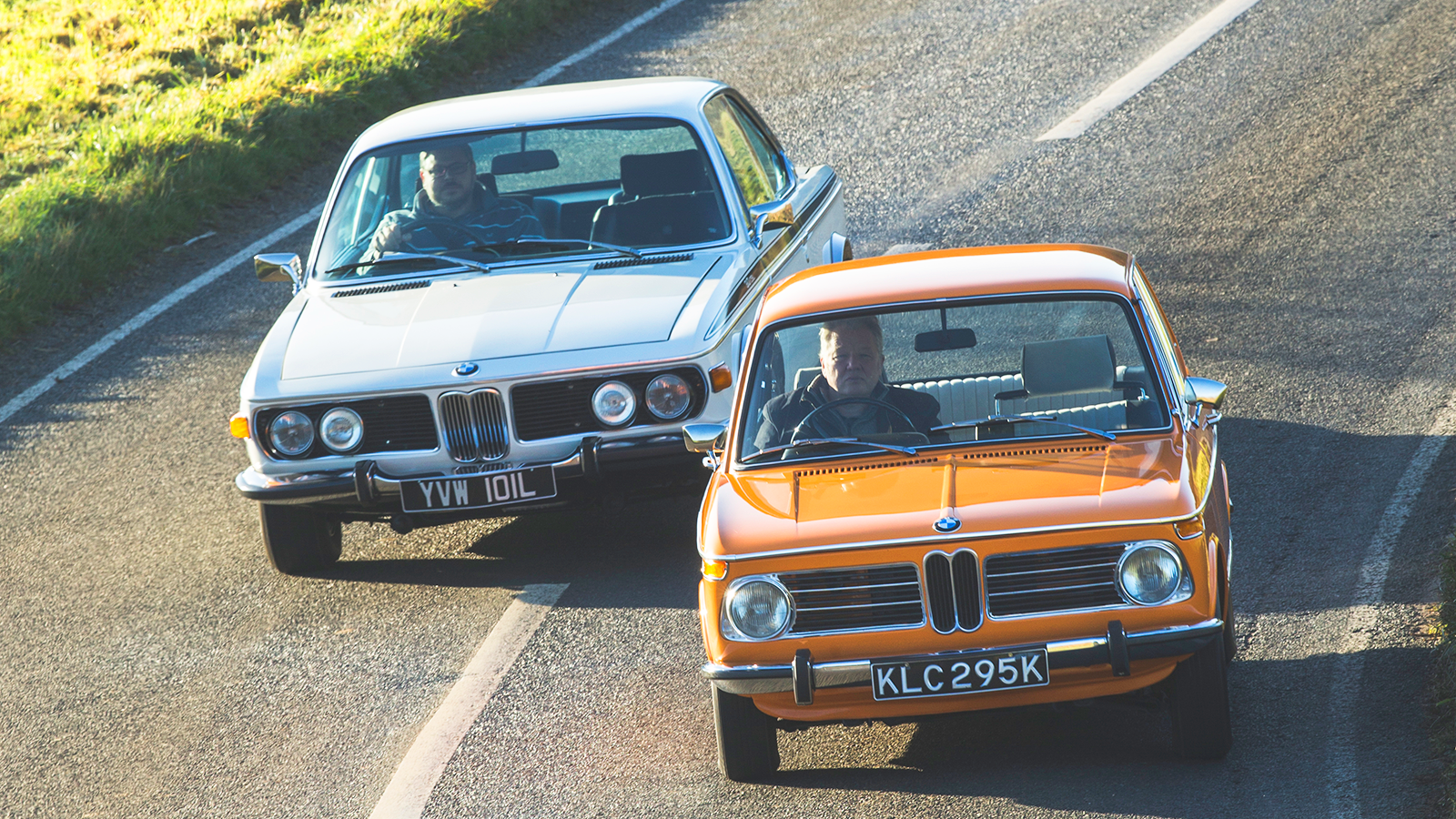 © Luc Lacey/Classic & Sports Car
© Luc Lacey/Classic & Sports Car -
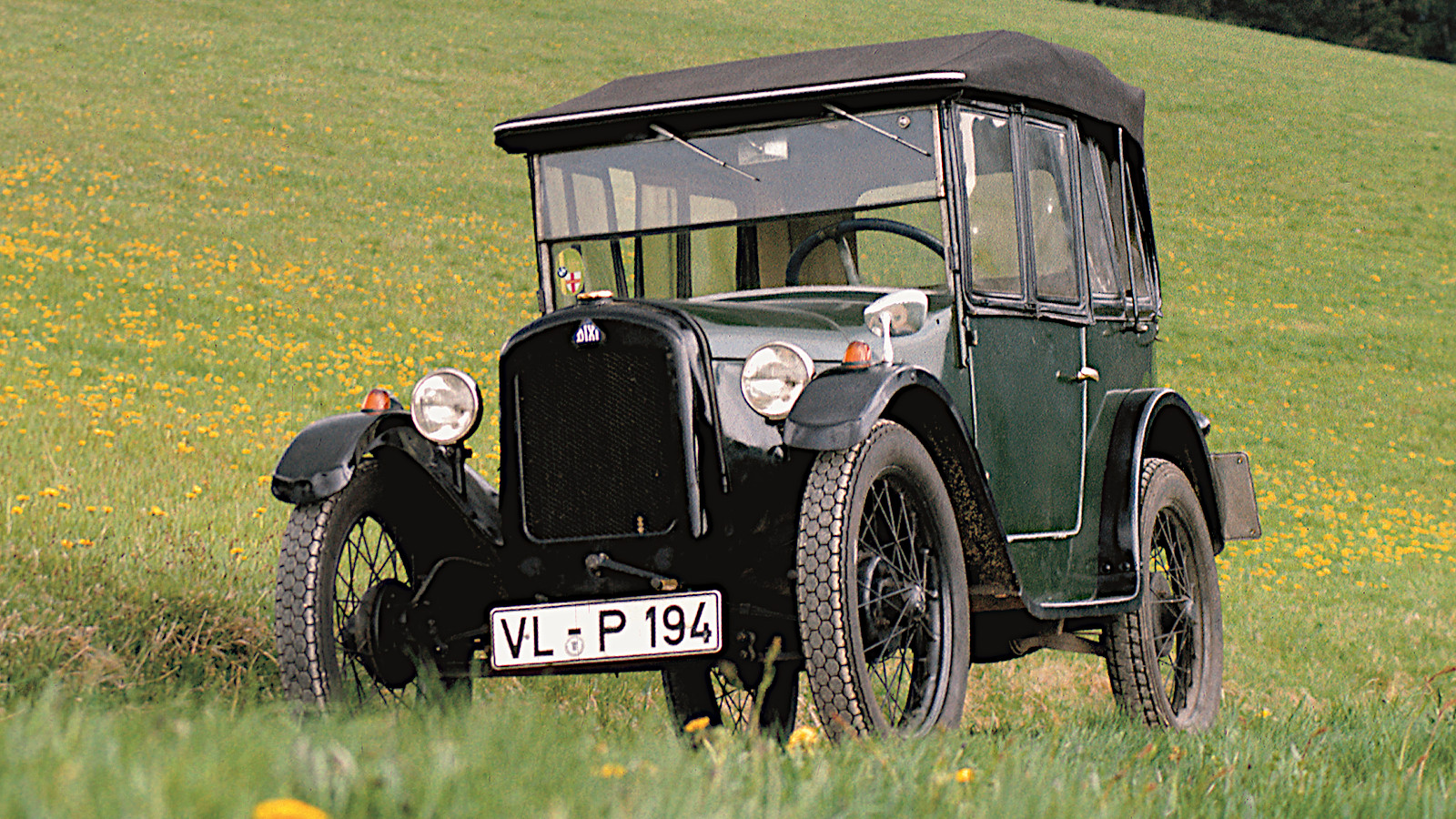 © BMW
© BMW -
 © BMW
© BMW -
 © BMW
© BMW -
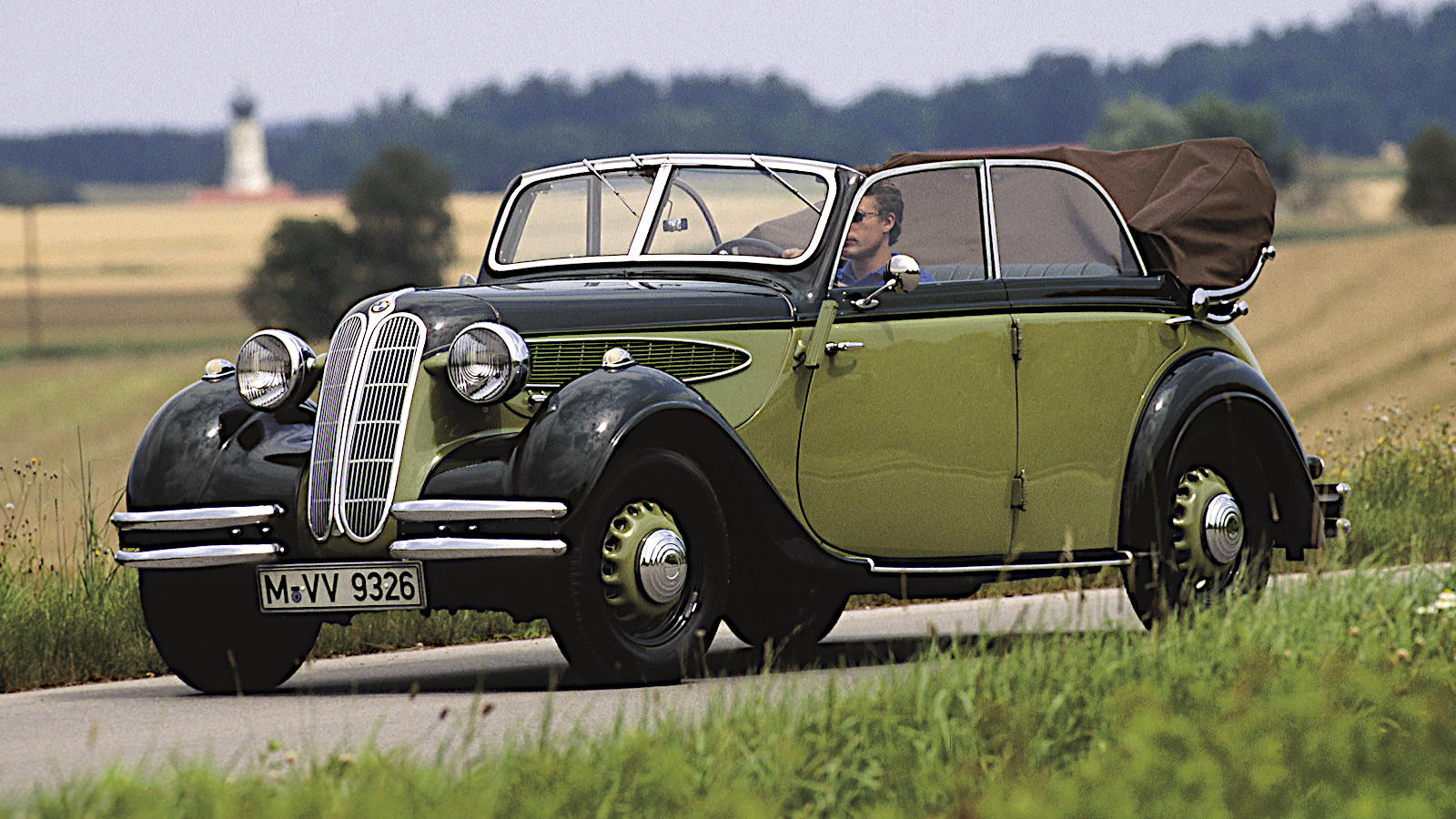 © BMW
© BMW -
 © BMW
© BMW -
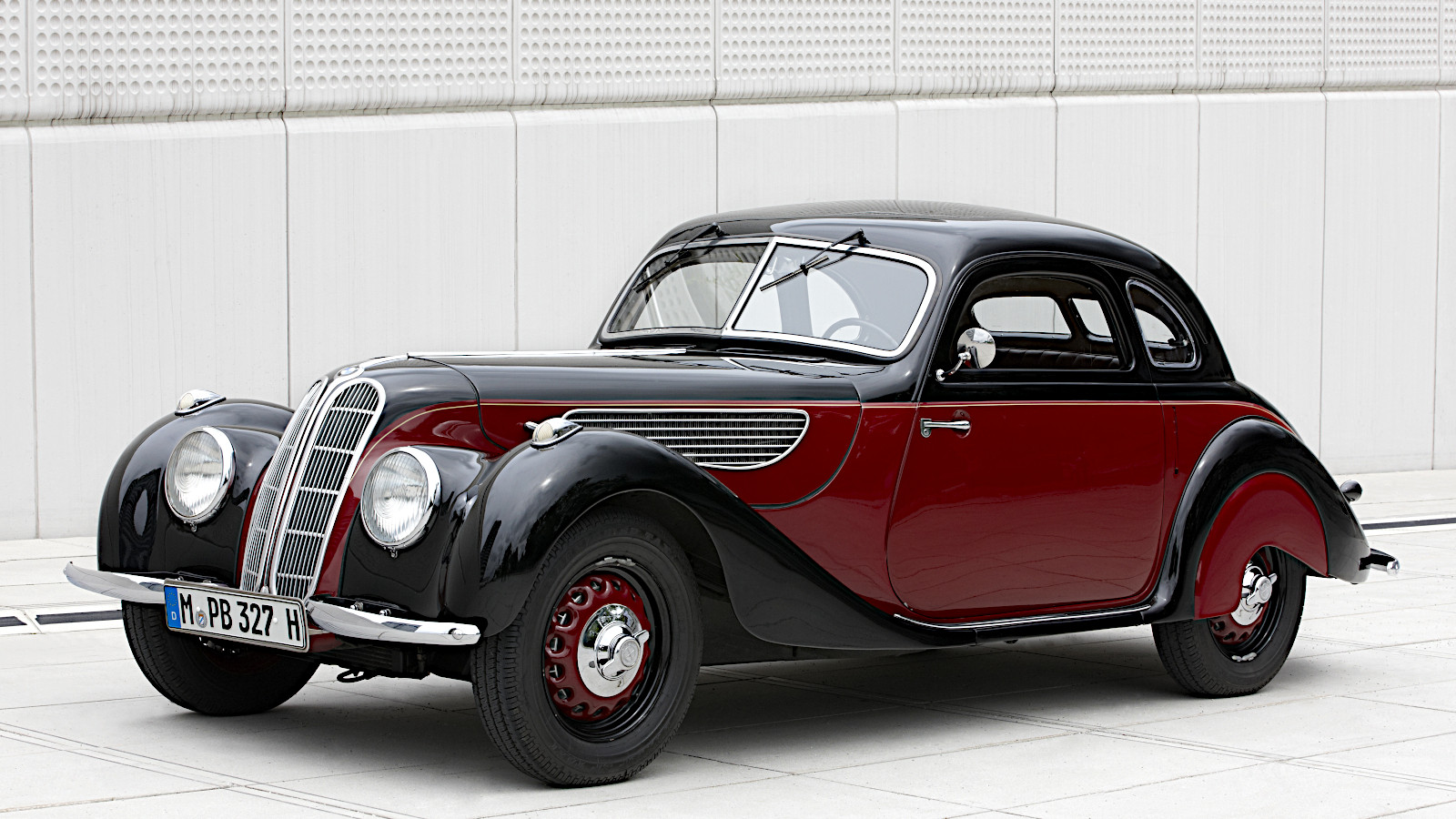 © BMW
© BMW -
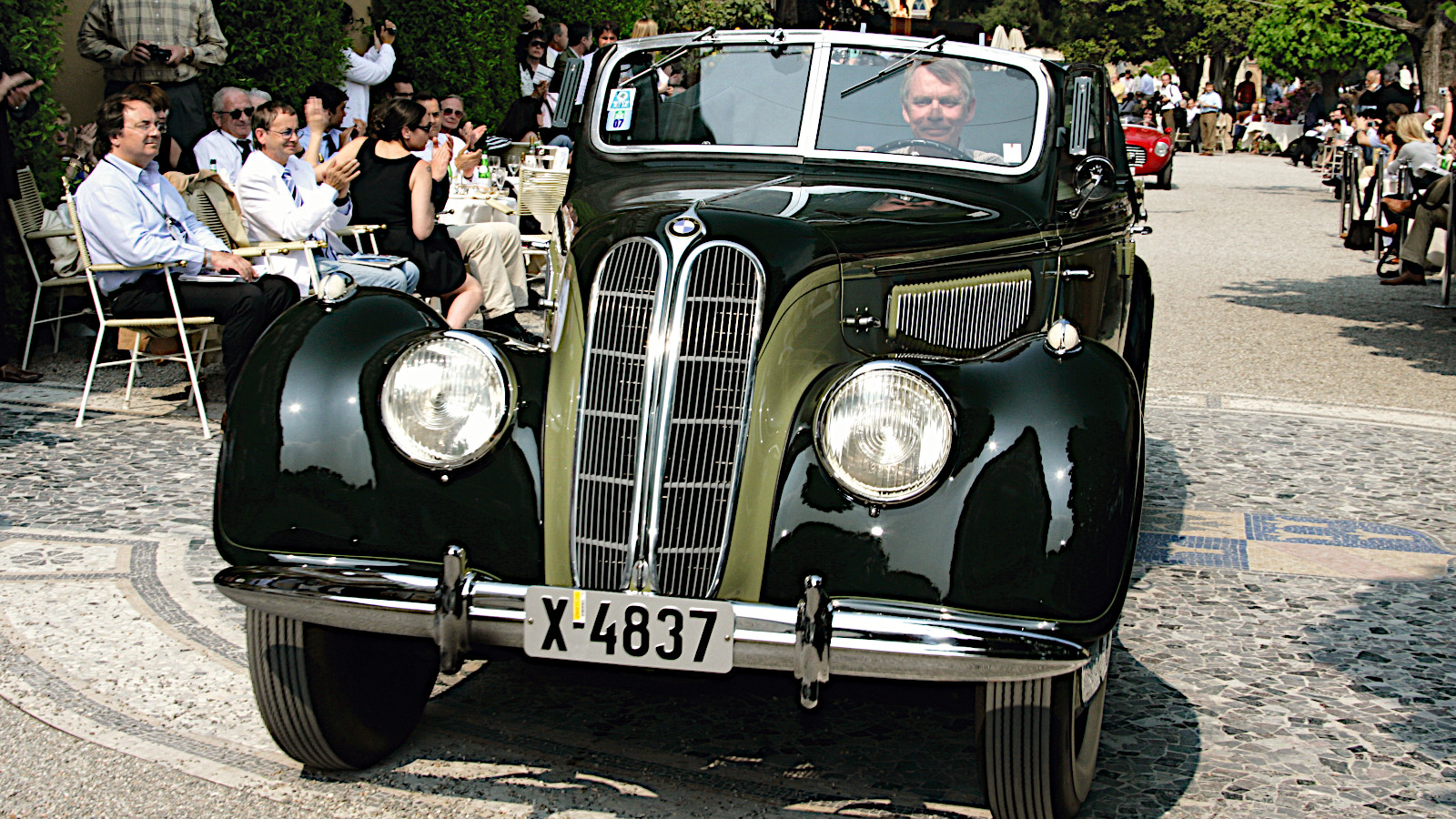 © BMW
© BMW -
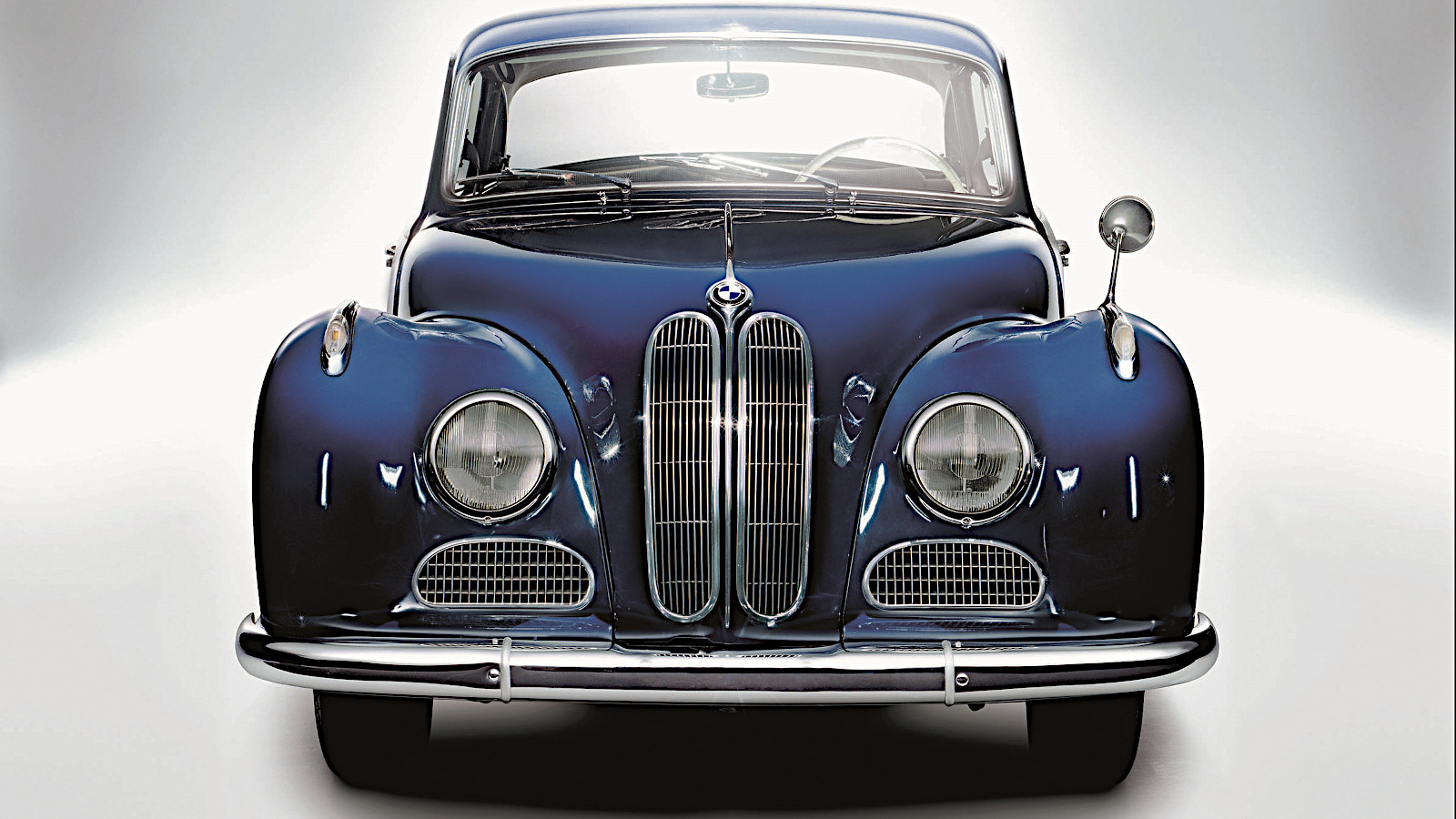 © BMW
© BMW -
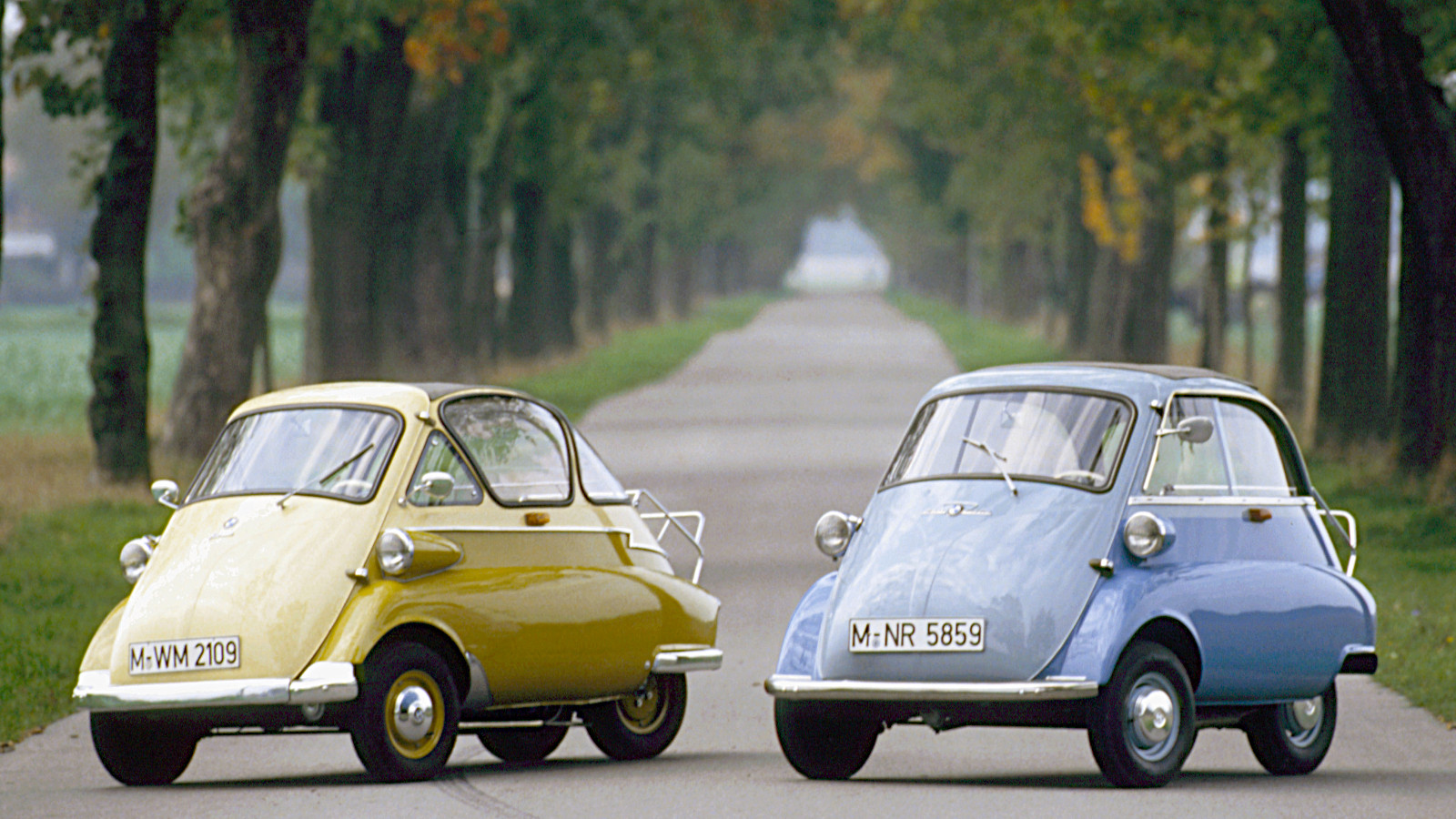 © BMW
© BMW -
 © BMW
© BMW -
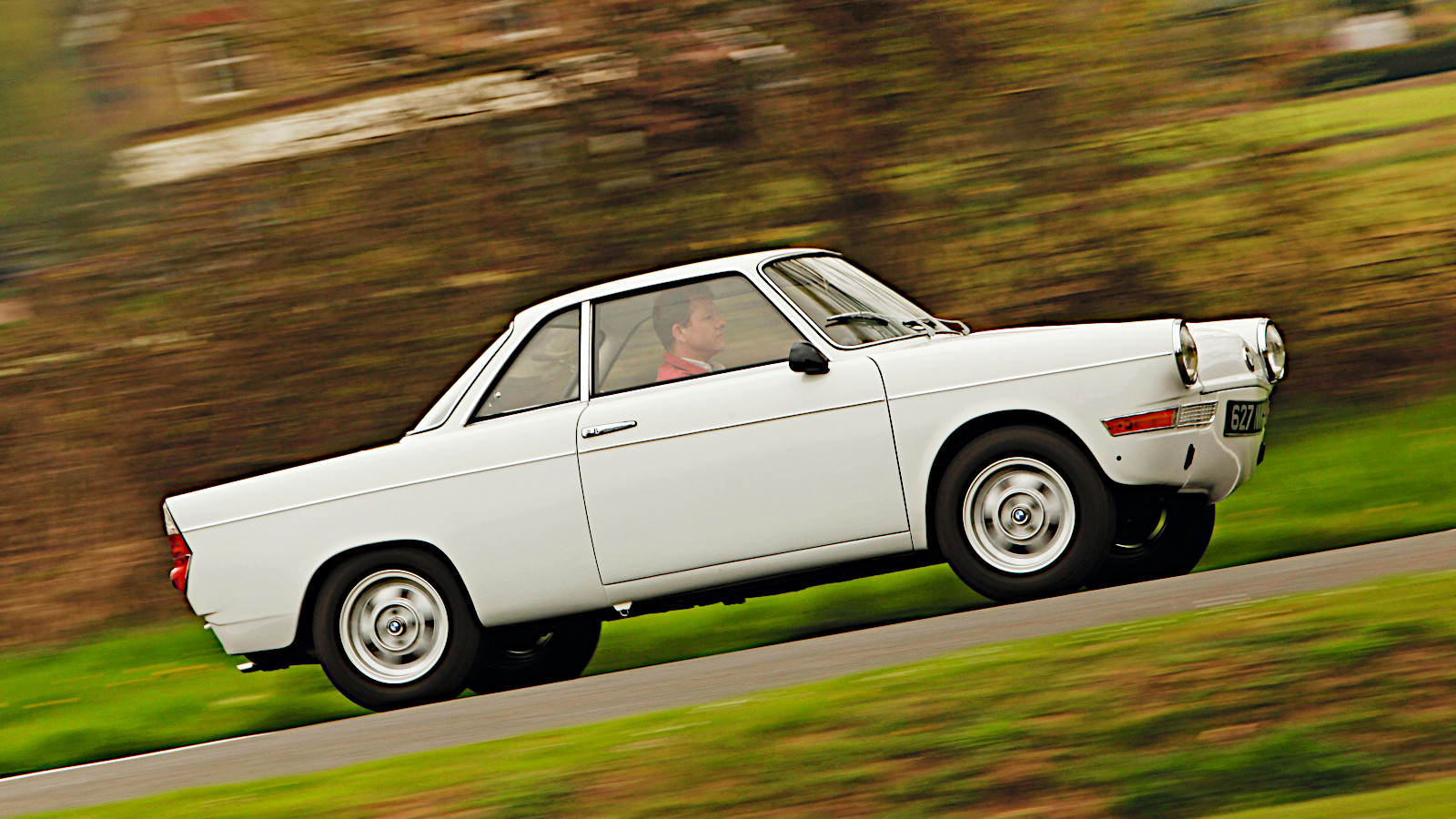 © Tony Baker/Classic & Sports Car
© Tony Baker/Classic & Sports Car -
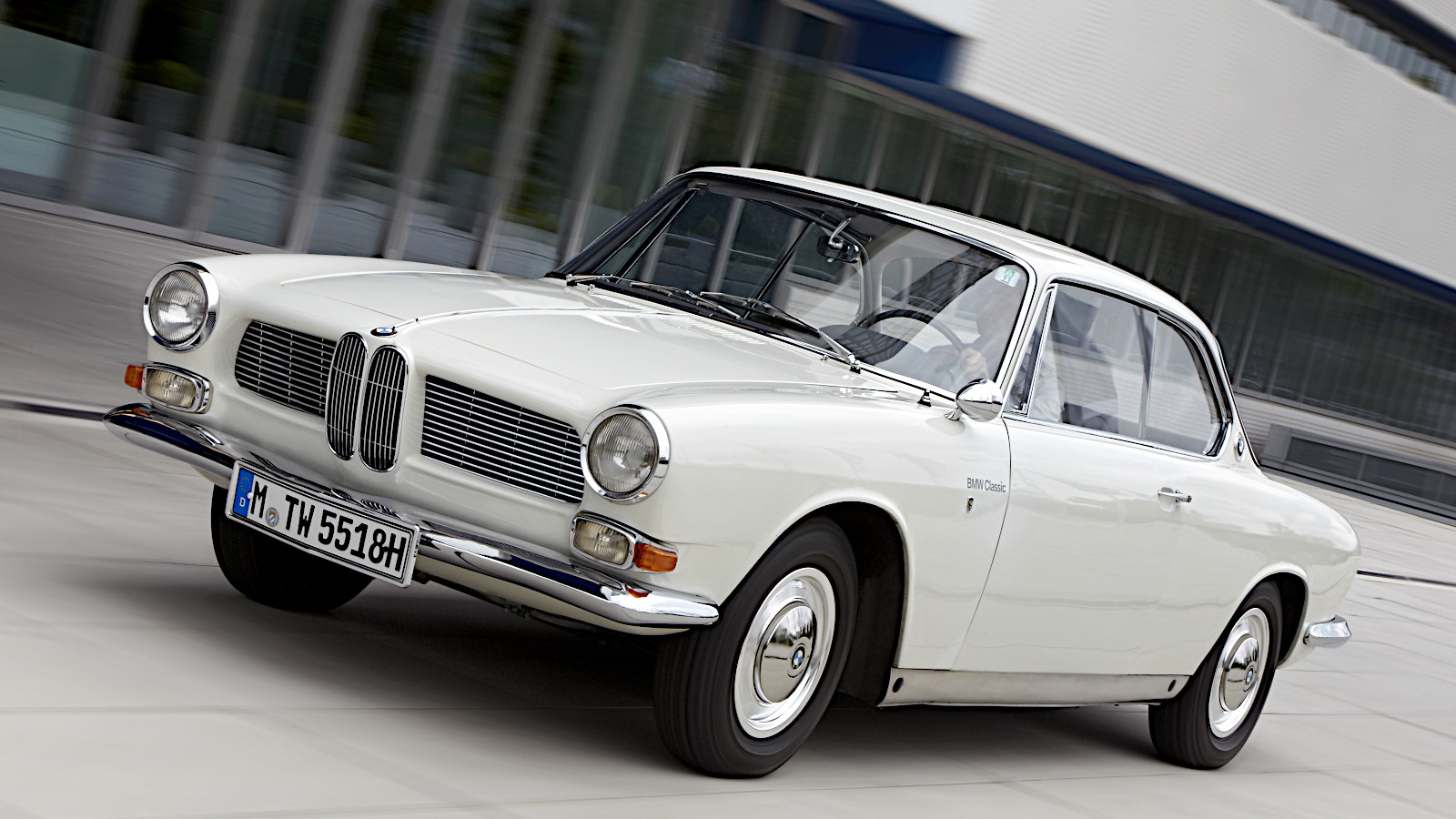 © BMW
© BMW -
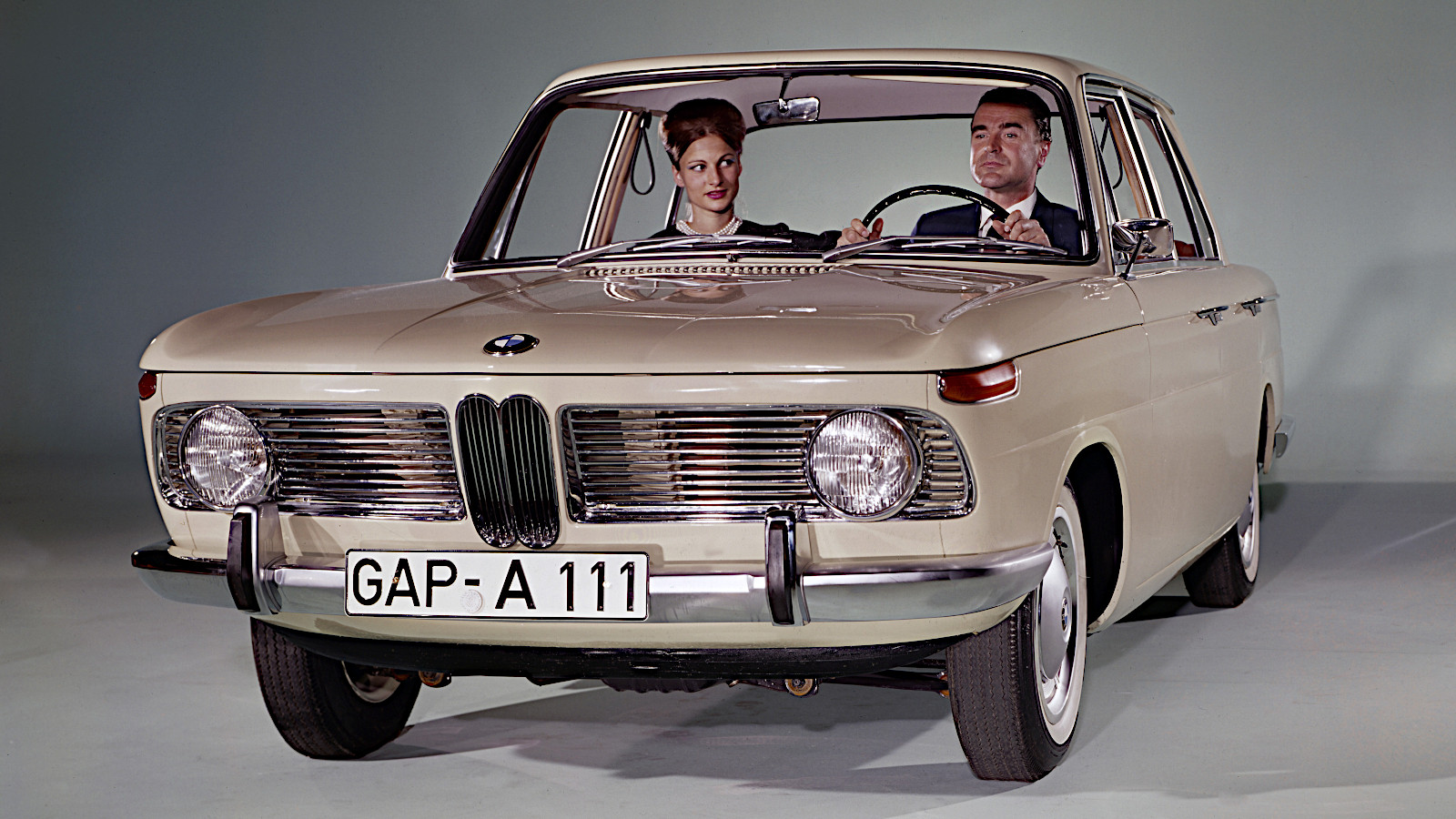 © BMW
© BMW -
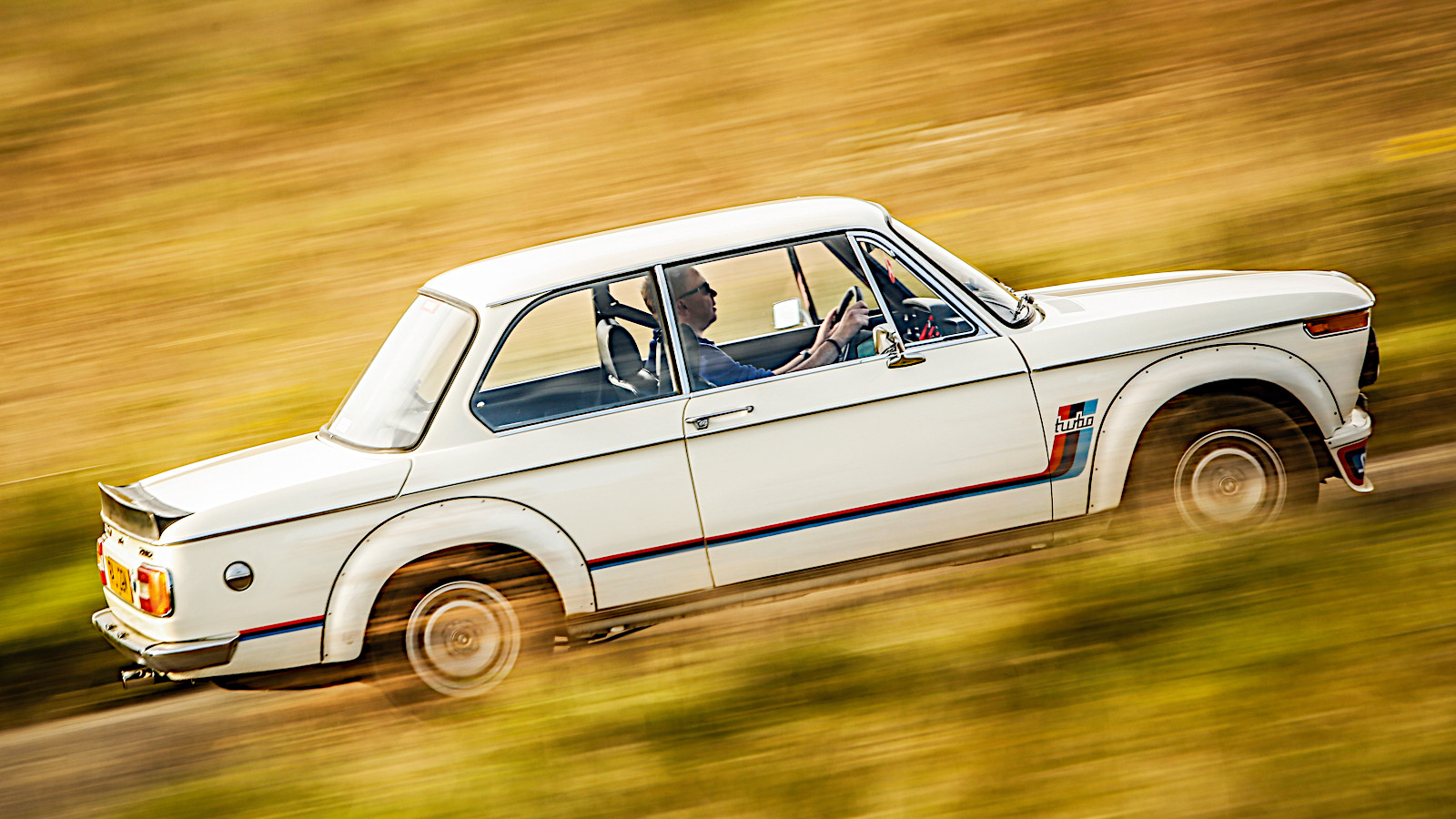 © Tony Baker/Classic & Sports Car
© Tony Baker/Classic & Sports Car -
 © BMW
© BMW -
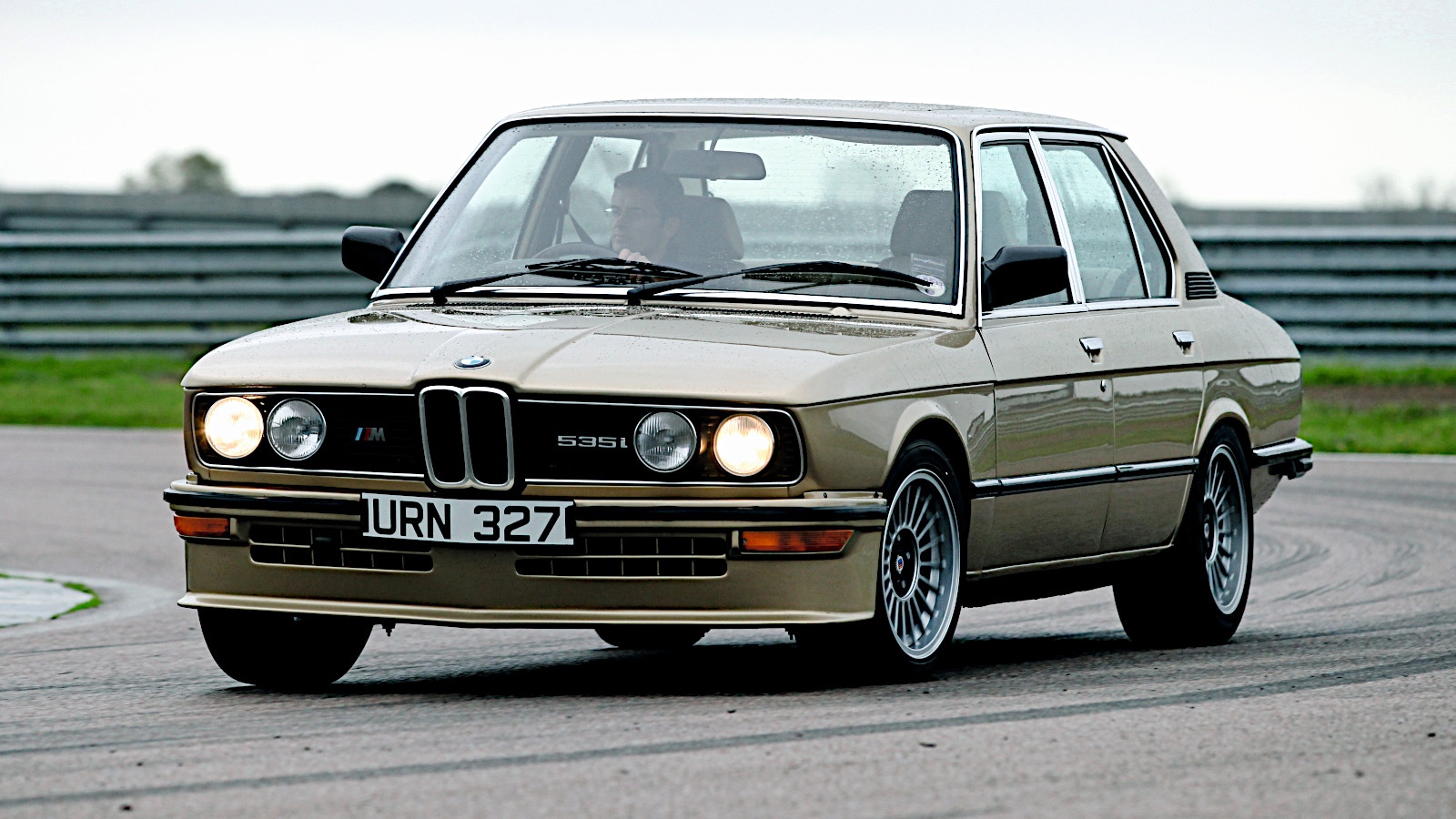 © James Mann/Classic & Sports Car
© James Mann/Classic & Sports Car -
 © BMW
© BMW -
 © BMW
© BMW -
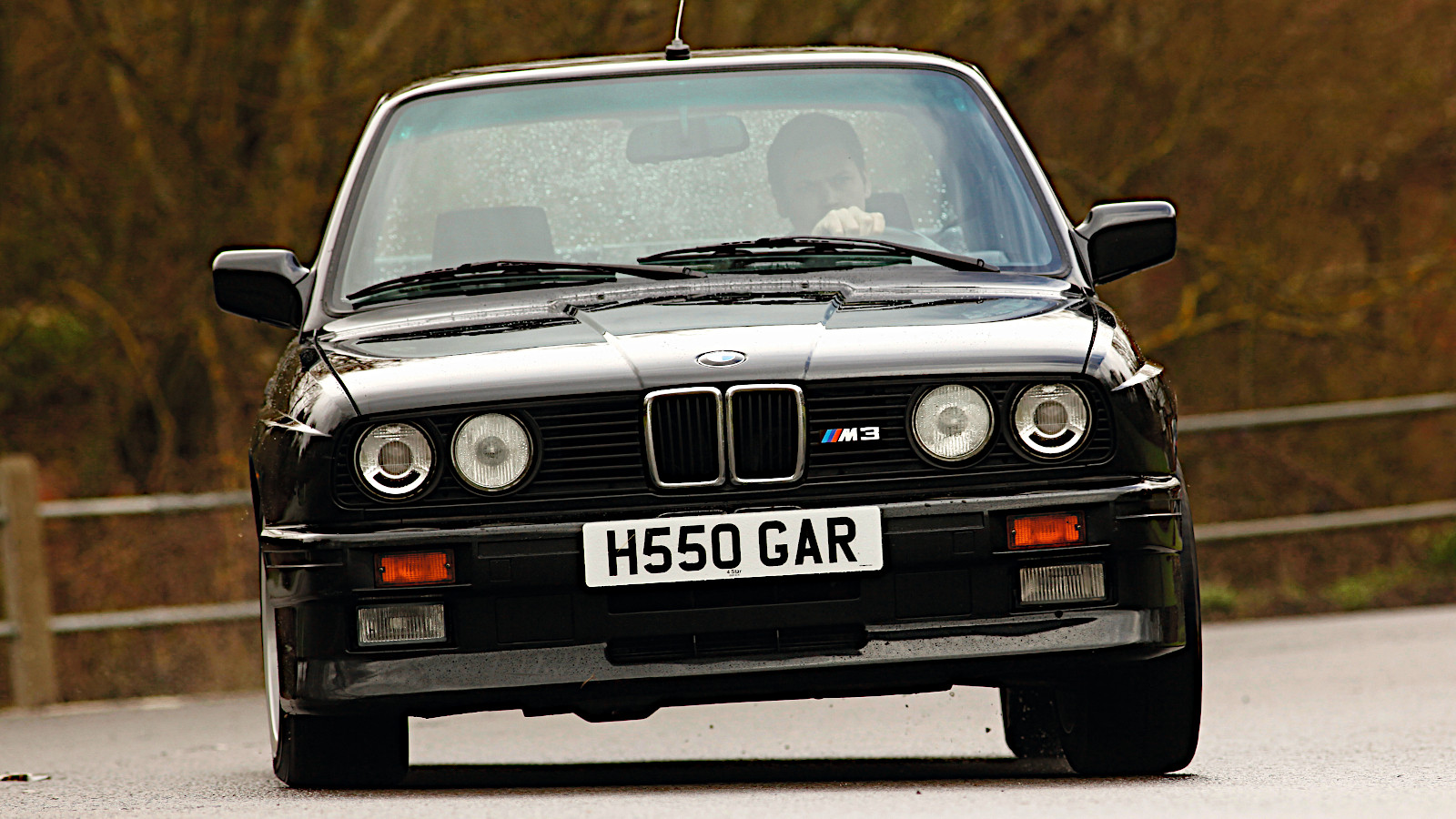 © Tony Baker/Classic & Sports Car
© Tony Baker/Classic & Sports Car -
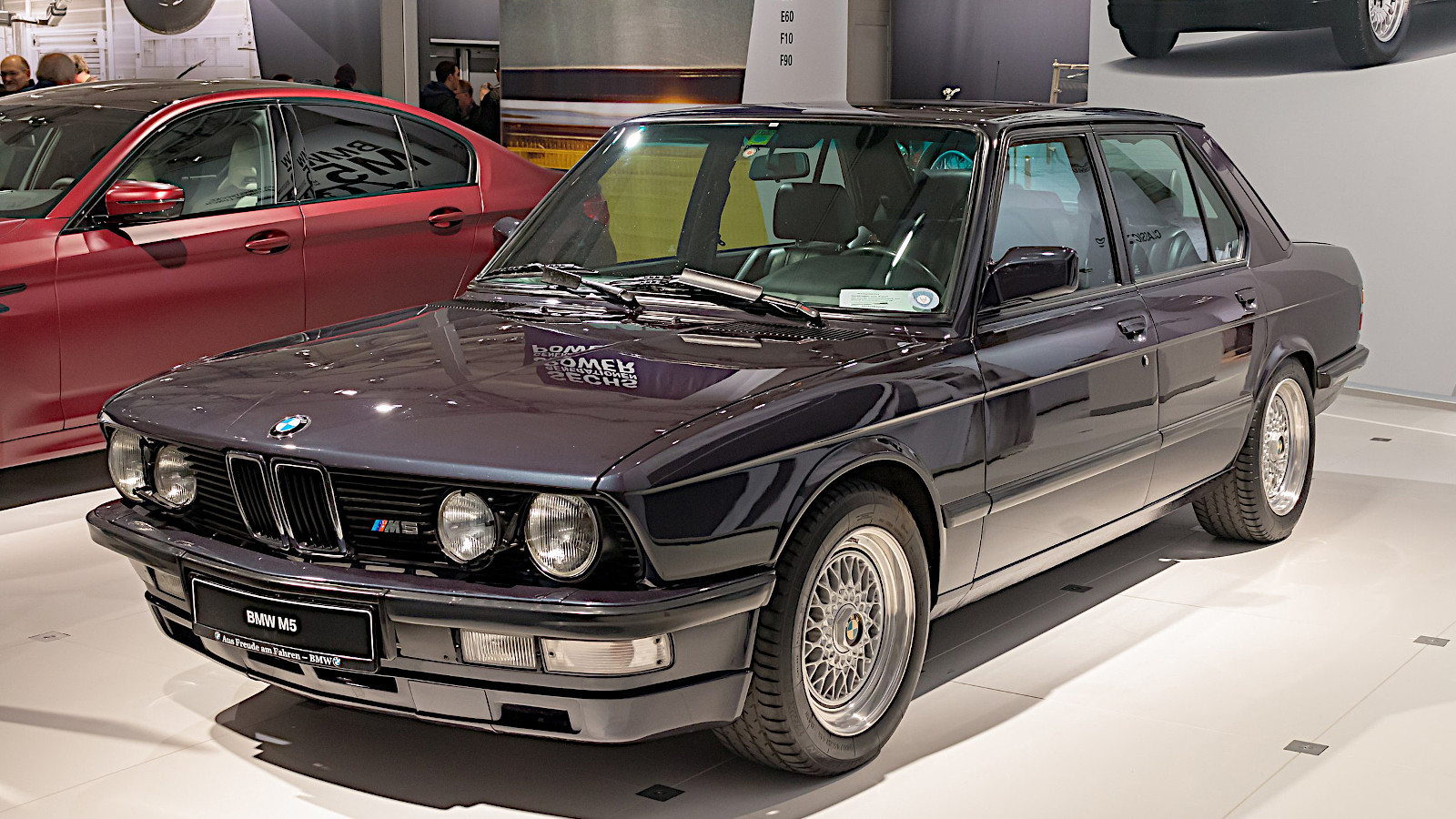 © Matti Blume/Creative Commons https://creativecommons.org/licenses/by-sa/4.0/legalcode
© Matti Blume/Creative Commons https://creativecommons.org/licenses/by-sa/4.0/legalcode -
 © BMW
© BMW -
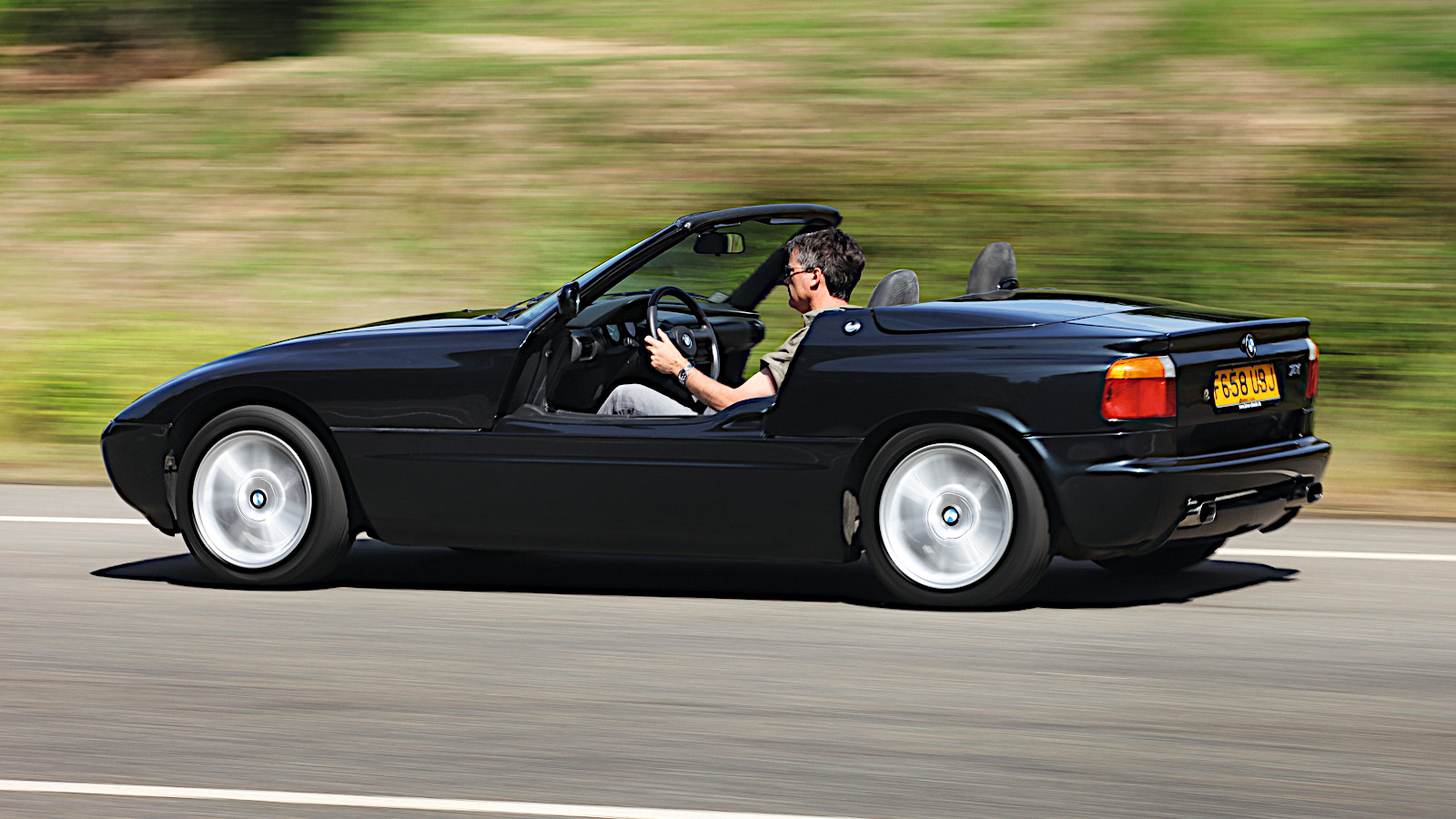 © James Mann/Classic & Sports Car
© James Mann/Classic & Sports Car -
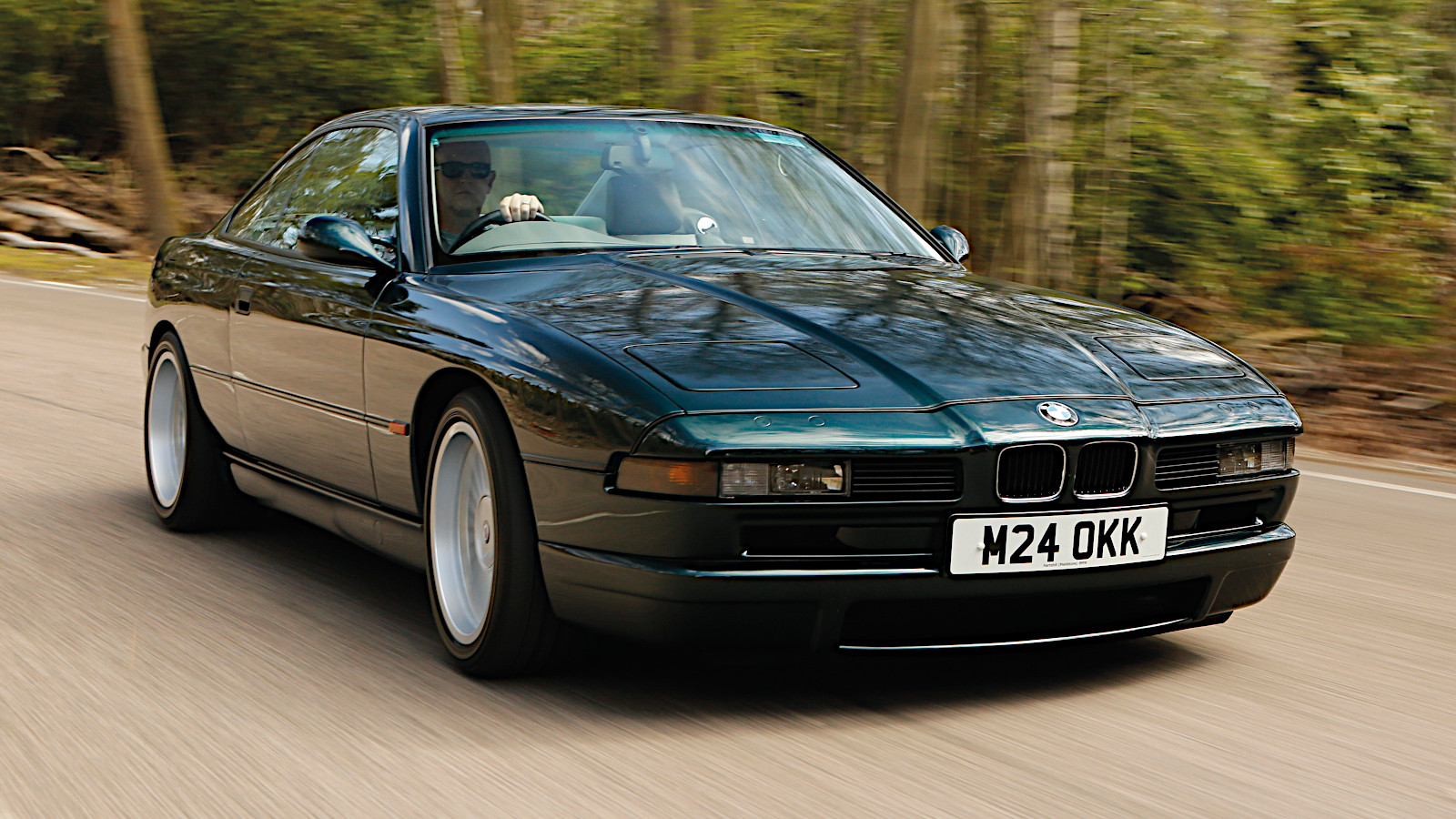 © Tony Baker/Classic & Sports Car
© Tony Baker/Classic & Sports Car -
 © BMW
© BMW -
 © BMW
© BMW -
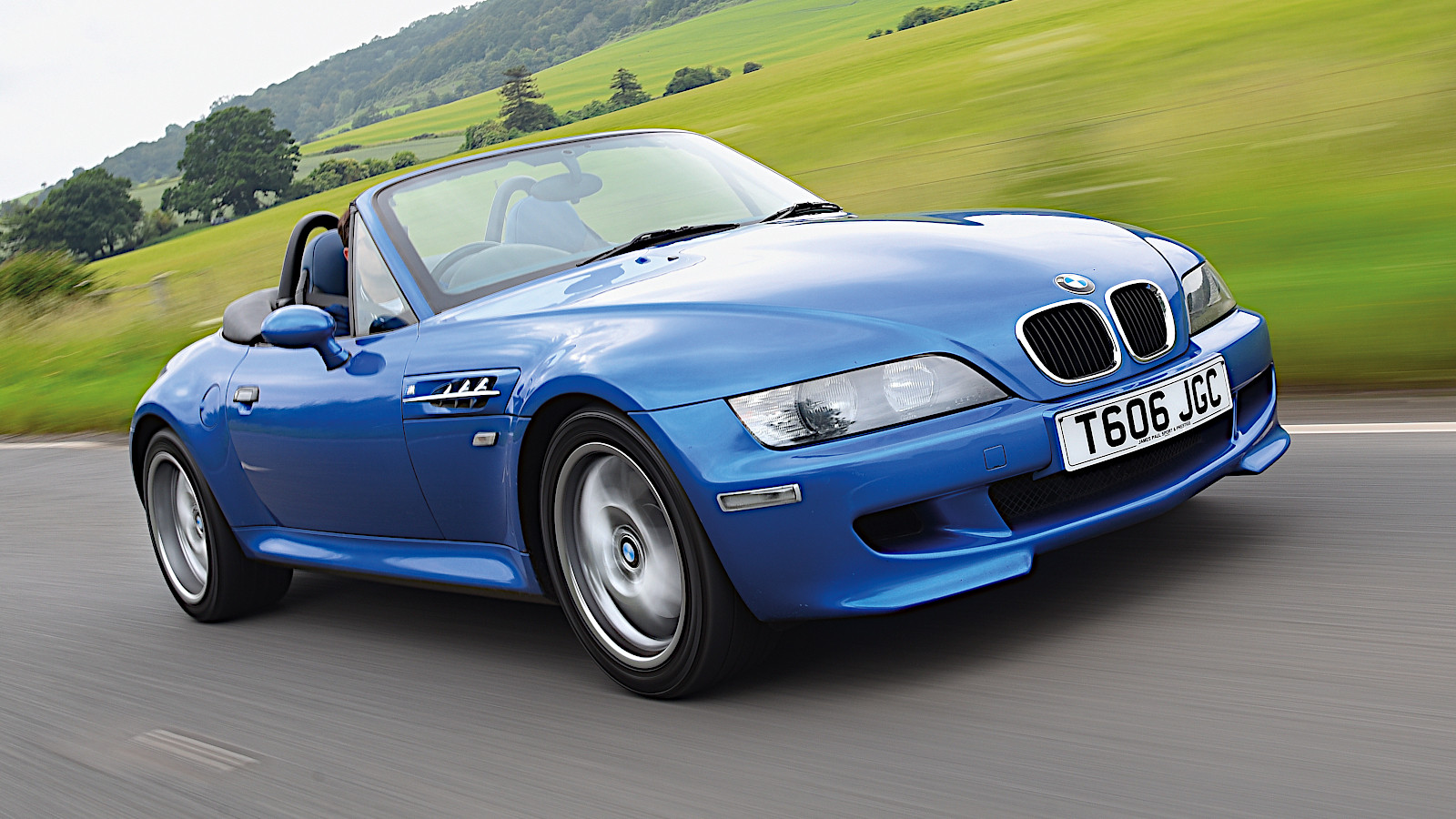 © Will Williams/Classic & Sports Car
© Will Williams/Classic & Sports Car -
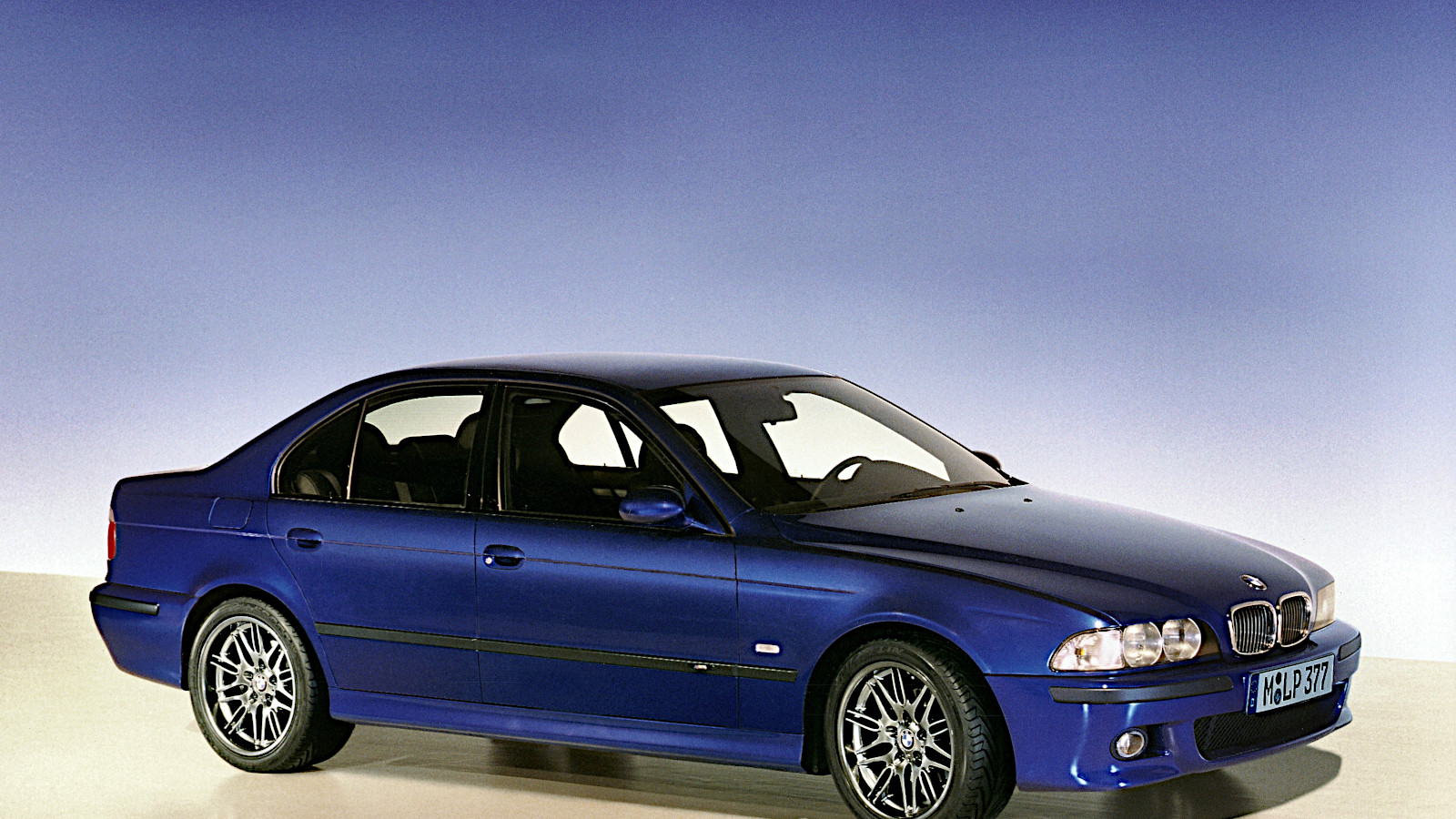 © BMW
© BMW -
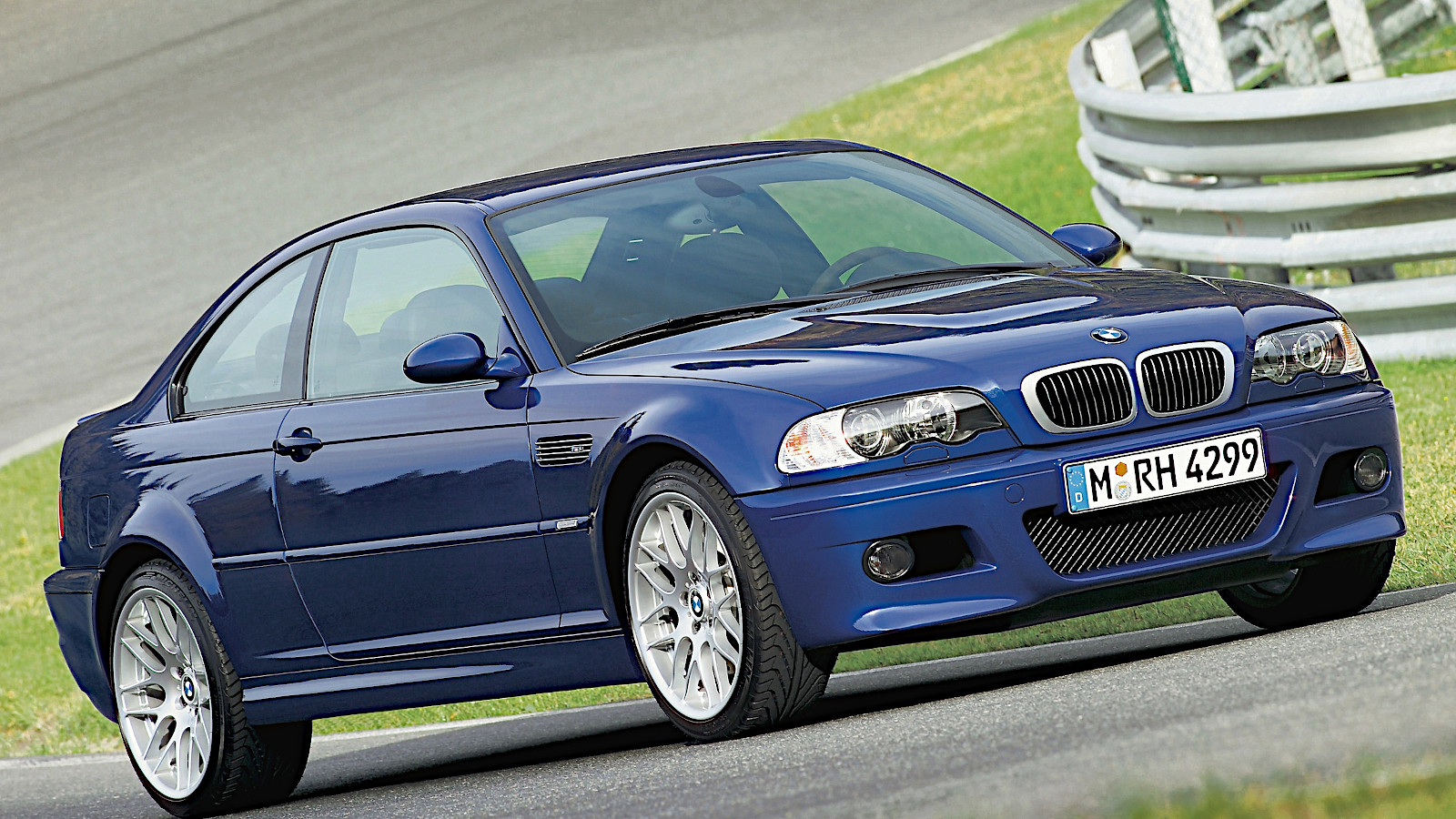 © BMW
© BMW -
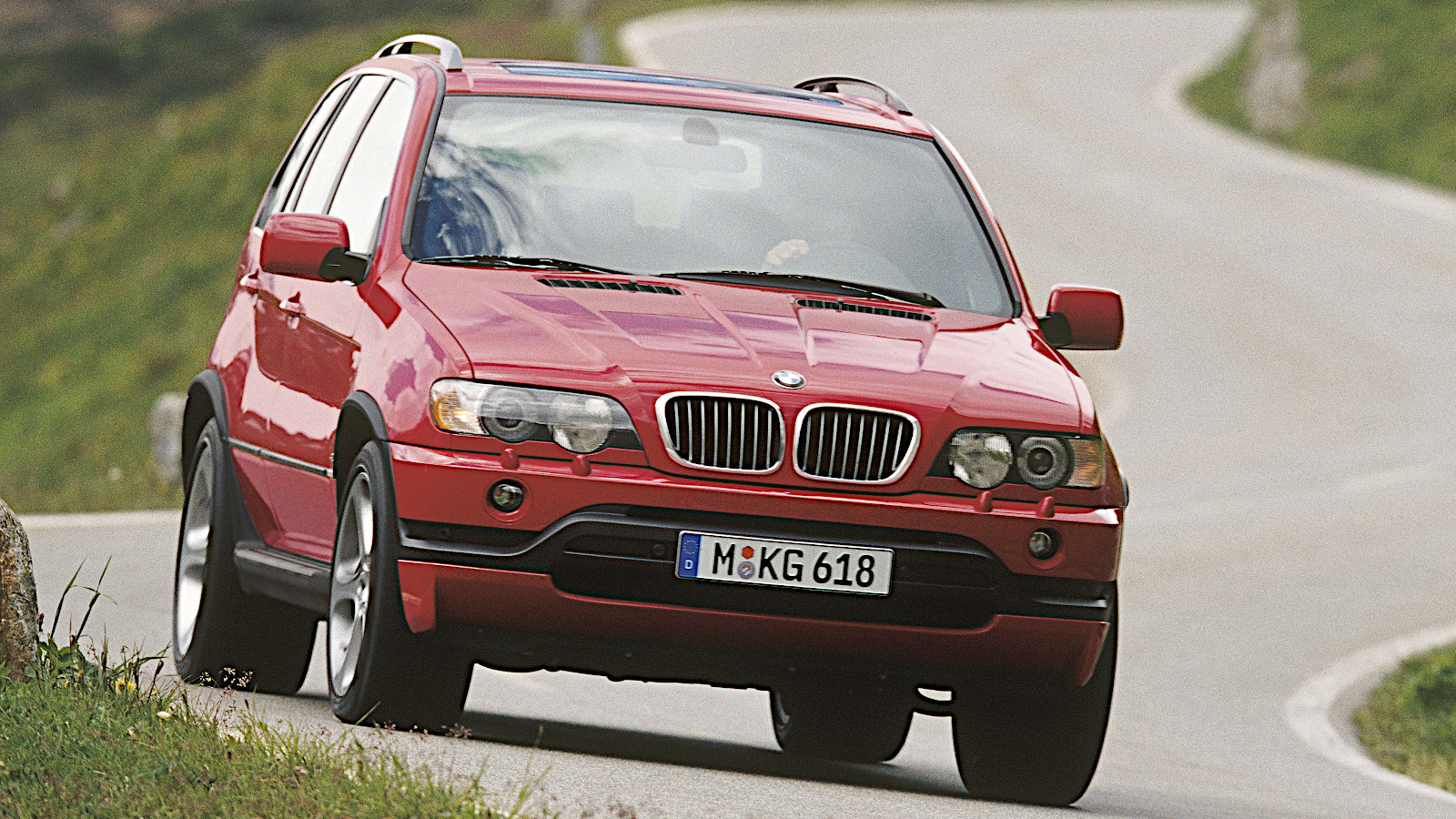 © BMW
© BMW -
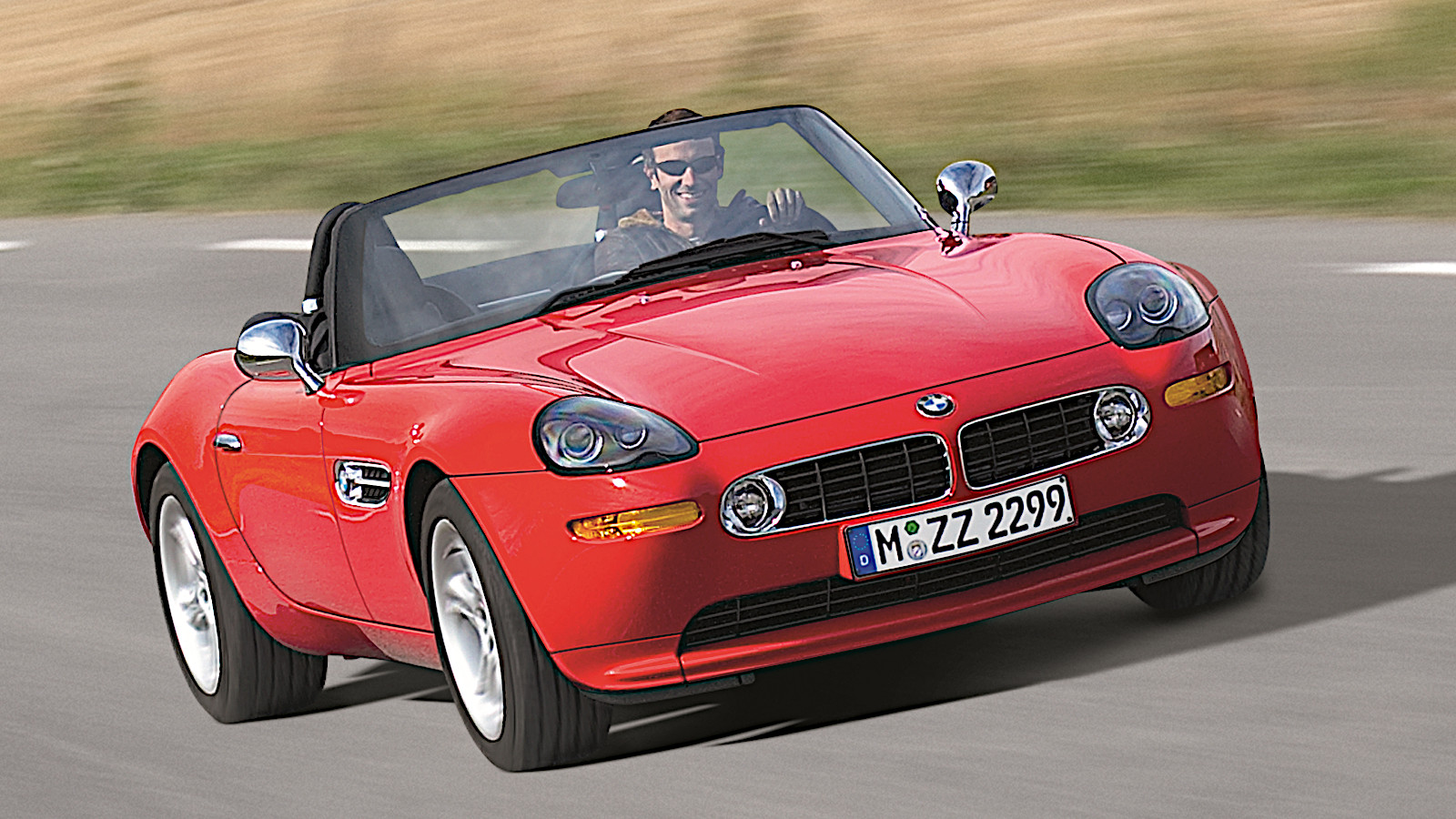 © BMW
© BMW
-
Bavarian brilliance
Originally a manufacturer of airplane engines, BMW moved into the car business in 1928.
Since then, it has become one of the world’s most celebrated automotive brands. Some of its products have been quite straightforward, but many others display BMW’s talent for style, performance and innovation.
Here are 30 classic BMW cars which demonstrate why the company was held in such high regard by the end of the 20th century.
-
1. BMW 3/15
BMW’s first car is largely an example of Austin doing it right.
Modified versions of the Austin Seven were produced in Germany by the Dixi brand. BMW bought Dixi’s owner, Fahreugfabrik Eisenach, in 1928, and continued to manufacture and develop the car over the next four years.
Variants included a roadster with a more powerful version of the little 747cc Austin engine. The 3/15 DA-3 Wartburg, as it was called, is regarded as being BMW’s first sports car.
-
2. BMW 3/20
The 3/20 still resembled an Austin Seven to some extent, but it was sufficiently different to be thought of as a genuine BMW design.
Its engine, though derived from the Austin unit, was thoroughly reworked. Among other changes, it was now larger, at 782cc, and produced a maximum of 20HP.
-
3. BMW 303
The 303 was the first BMW with two radiator grilles mounted beside each other – the earliest version of what would become known as the kidney grille.
It was also BMW’s largest car to date, and the first in a very long line of models fitted with a straight-six engine.
Production didn’t last long, but the 303 gave rise to the 315, 319 and 329, which carried the lineage through to 1937.
-
4. BMW 326
As well as being the most elegant and aerodynamic BMW yet, the 326 was the first to be fitted with hydraulic brakes.
It was also the first with four doors, though the convertible derivative was offered with either four or two.
The 326’s 2.0-liter straight-six engine was reworked by Bristol, which used it in its own models and also supplied it to AC and Frazer Nash.
-
5. BMW 328
While the DA-3 Wartburg mentioned previously was a derivative of the 3/15 sedan, the 328 was the first BMW designed from scratch as a sports car.
As well as being very capable on the road, it was an exceptionally successful racer. A coupe version won the 1940 Mille Miglia.
The engine was broadly the same as the one used in the 326, but substantial revisions meant it was much more powerful in this application.
-
6. BMW 327
The 327 was a more sporty version of the 326 sedan, sold as both a coupe and a cabriolet.
All examples were fitted with the by-now-familiar 2.0-liter straight-six engine, usually in the same form used for the 326.
In cases where the high-performance version developed for the 328 was fitted, the 327 was marketed, slightly confusingly, as the 327/28 (pictured).
-
7. BMW 335
BMW took a big step upmarket with the launch of the 335, its most luxurious model of the 1930s.
The six-cylinder engine was the largest BMW had yet devised for a car at 3.5 liters, and had a gear-driven camshaft.
In testing, the engine proved to be more powerful than BMW thought advisable for road use. Its output was reduced to 91HP for the 335 by using a milder cam profile.
Production started in 1939 and was abandoned two years later due to WW2.
-
8. BMW 501/502
BMW’s first post-war model went into production in late 1952.
Nicknamed the Barockengel (‘baroque angel’), the 501 had a surprisingly conservative body-on-frame construction, but it was both roomy and aerodynamic, and the ride quality was impressive.
The 2.0-liter straight-six carried over from the 326 was inadequate for a large sedan weighing well over a ton. BMW sorted that by developing the 502, which was essentially a 501 with a new V8 engine (the company’s first) of 2.6 and later 3.2 liters. In twin-carburetor form, the 3.2 produced a healthy 163HP.
Although BMW got the car right in many ways, it got the market wrong. The original 501 was tremendously expensive (leading to several cost-cutting measures), and by the time production ended in the early 1960s the cars seemed very outdated.
-
9. BMW Isetta
The Isetta is unique in BMW’s history and – from a 21st-century standpoint – an astonishing vehicle for the company to have built.
The three-wheeled bubble car was originally developed by Italian manufacturer Iso.
BMW, urgently in need of a cheap model in its line-up, bought the project in 1954 and completely re-engineered the car before putting it on sale (with its own single-cylinder engine rather than the Iso twin) the following year.
The BMW 600 built from 1957 to 1969 was a four-wheeled Isetta with a 585cc flat-twin engine. More grown-up than the smaller versions, it was also far less successful.
-
10. BMW 503/507
The 503 coupe and the 507 roadster (pictured) were surely among the most beautiful cars BMW ever made.
Both were powered by the 3.2-liter version of the V8 engine which had made its debut in the 502.
It’s hard to believe now that these cars were not considered desirable the moment they went on sale, but BMW had once again made them too expensive, and customers went elsewhere.
Even a mid-life update in late 1957 couldn’t save them. Only 663 examples of both models put together were made before production was abandoned in 1960.
-
11. BMW 700
BMW’s unfortunate habit of producing cars which didn’t make much profit (the Isetta), or were very good but sold in disastrously small numbers (everything else), was finally broken when the 700 came along in 1959.
To modern eyes, this is perhaps the second strangest BMW after the Isetta. A 697cc version of the flat-twin engine used in the 600 was mounted in the back of a tiny car sold as a station wagon, a coupe (pictured) or a convertible.
As peculiar as this may seem now, the 700 was a huge success, accounting for 58% of all BMW car sales in its first year of production.
Nearly 190,000 were sold before the model was discontinued in 1965. BMW then left the small-car market sector, and did not return to it until the launch of the Mini.
-
12. BMW 3200CS
The line of luxury BMWs which had begun with the 501 ended with the 3200CS, the last car fitted with the V8 engine first used in the 502.
Its exceptionally elegant body was both designed and manufactured by Bertone in Turin.
The styling included the first appearance of the Hofmeister kink at the bottom of the rear side windows. Named after chief designer Wilhelm Hofmeister, it can still be found on BMWs today.
There are several estimates of how many examples of the 3200CS were built from 1962 to 1965. BMW puts the figure at 603, including a single convertible made for its major shareholder of the time, Herbert Quandt.
-
13. BMW New Class
While the 700 usefully improved BMW’s fortunes, the Neue Klasse (‘new class’) series saved the company.
The smart new sedan was launched in late 1962 as the BMW 1500. The number referred to the capacity of a new four-cylinder engine known as the M10, which was later expanded to 1.6, 1.8 and 2.0 liters.
The 2.0-liter version was the only one used in the New Class coupe, which replaced the 3200CS and outsold it by a factor of 23.
-
14. BMW 2002 turbo
The two-door 02 Series was introduced in 1966 as a smaller and cheaper alternative to the New Class.
Seven years later, BMW added the powerful and aggressive 2002 turbo to the range – an odd decision given the rapidly increasing importance of fuel economy in the motor industry at the time.
In its own words, BMW “had built a car as contrary to the spirit of the age as scarcely any car before”.
Not for the first time, BMW had got the car right but the market wrong. Of the 861,940 02 Series cars built, only 1672 were 2002 turbos.
-
15. BMW 3.0 CSL
New Six is the informal term for a series of sedans (codenamed E3) and coupes (E9) powered by the new M30 straight-six engine, produced from 1968 to 1977.
The ultimate model was the 3.0 CSL homologation special. Its specification included a tall rear wing which was supplied but not fitted because it was illegal on German roads.
This wasn’t an issue on race tracks, where the 3.0 CSL was very successful, particularly in the European Touring Car Championship.
-
16. BMW M535i
In 1972, the New Class was replaced by the first generation of cars known as 5 Series.
At first, the only available engine was the 2.0-liter four-cylinder M10, but this was joined by both a 1.8-liter version and a variety of straight-sixes measuring up to 3.2 liters.
That’s as far as the normal range is concerned, at least. The most impressive 5 Series of all was the M535i, developed by the BMW Motorsport division.
Produced only in 1980 and 1981, the M535i had a 3.5-liter straight-six, sports suspension, Recaro seats, plus front and rear spoilers.
-
17. BMW M635CSi
The 6 Series was a large two-door coupe which replaced the E9 version of the New Six.
The range was introduced in 1976. Eight years later, BMW brought out the most powerful version.
This was the M635CSi (sold in the US and Japan as the M6), whose 286HP 24-valve 3.5-liter straight-six engine was derived from the unit which first appeared in the M1 sports car in 1979.
BMW built 5855 examples, taking the total number of 6 Series units made to 86,216. Production ended in 1989, and there would not be another 6 Series until 2003.
-
18. BMW M1
The M1 was the only mid-engined car BMW put into production in the 20th century.
It was powered by the 3.5-liter M88 engine which later appeared in the M635CSi and M5 sedans.
Modified versions were used in one of the world’s most prestigious one-make race series. Procar, as it was known, featured professional racing drivers, and most of the rounds took place at Grand Prix meetings.
Procar lasted for two seasons, and was won by Niki Lauda in 1979 and Nelson Piquet in 1980.
-
19. BMW M3 (E30)
The second-generation 3 Series took BMW production figures to new heights. More than 2.3 million sedans, convertibles and wagons (the last known as Touring) were built from 1982 to 1994.
The most celebrated version was the M3, the first of many models to bear that name.
Powered by a high-revving 2.3-liter four-cylinder engine (extended to 2.5 liters in some cases), it also had revised bodywork and, of course, uprated suspension.
As a road car, it was one of the most exciting sedans of its day. Competition versions performed exceptionally well both in rallying and in Touring Car racing.
-
20. BMW M5 (E28)
The M5 of 1984 was the first high-performance BMW based on an existing model to use the now familiar M-plus-one-digit naming system.
Its modest appearance – not very different from that of any other 5 Series of the same generation – disguised the fact that there was a 286HP 3.5-liter straight-six engine under the hood.
This was the same unit used in the M635CSi and the mid-engined M1. Its appearance in what appeared to be a normal executive sedan showed that BMW was prepared to explore new territory.
-
21. BMW 750i
BMW had a successful V12 airplane engine in production in the 1920s. It would be 61 years before the company put a unit of that layout in a car.
The 750i of 1987 was powered by a 300HP 5.0-liter aluminum V12 with drive-by-wire throttles.
Other manufacturers were impressed. Chevrolet bought a 750i so that it could study the engine, while Mercedes-Benz was inspired to develop its own V12 for the 1991 600SE.
-
22. BMW Z1
BMW showed little interest in roadsters for many years until the recently formed BMW Technik subsidiary came up with a concept of that type in the mid 1980s.
Public reaction was so positive that BMW put the Z1 (the Z standing for Zukunft, or ‘future’) into production in 1988.
The powertrain, which included a 170HP 2.5-liter straight-six engine, was largely conventional, having been taken from the BMW 325i.
In other ways, the Z1 was startlingly novel. Highlights included removable plastic body panels and, most famously of all, doors which retracted downwards.
-
23. BMW 8 Series
The 8 Series arrived in 1989, immediately after the first-generation 6 Series was discontinued, but it wasn’t a direct successor.
BMW had taken the idea of a high-class coupe much further than before. The elegant new model was powered by either a V8 engine (840 models) or a V12 (850).
There was talk of extending the range with both a convertible and an even more high-performance derivative called the M8, but neither of them went into production.
-
24. BMW M3 (E36)
The first-generation M3 turned out to be the only model with that name fitted with a four-cylinder engine.
For its replacement, launched in 1992, BMW returned to the familiar territory of a straight-six. The original 3.0-liter unit was replaced after a few years by a 3.2.
This time round, there was a wider choice of body styles. M3s were available as sedans, coupes and convertibles.
The M3 GT, however, was offered only as a coupe. BMW built just 356 examples, enough to allow a competition version to be used in international racing.
-
25. BMW 7 Series
The third 7 Series, introduced in 1994, seemed at first glance to be not much more than an update of the previous version.
But there was more to it than that. Among other things, it was the first European car fitted with satellite navigation, and the first luxury BMW offered (from 1996) with a diesel engine.
BMW built 15 examples of a 7 Series capable of running on either gasoline or hydrogen. They were all based on the long-wheelbase bodyshell, which was large enough to accommodate the very bulky hydrogen tank.
-
26. BMW Z3
The Z3 was the first BMW built exclusively in the United States, at the Spartanburg plant in South Carolina.
It started out as a roadster with a modestly powerful 1.8-liter four-cylinder engine, but straight-sixes were later added to the range, most memorably in the M models.
A closed-roof version was introduced in 1998. It was described as a coupe, but from the rear it looked more like a miniature station wagon.
-
27. BMW 5 Series (E39)
The BMW 5 Series entered its third generation in 1995.
Technical advances included widespread use of aluminum in the suspension. Wagon (Touring) models had self-levelling air suspension.
There was, of course, an M5, introduced in 1998. It was the first of the line powered by a V8 engine, the previous two having used straight-sixes.
Total production over nine years amounted to nearly 1.5 million, a figure that would have been beyond imagining in the 1950s.
-
28. BMW 3 Series (E46)
The last 3 Series of the 20th century was also the most popular. More than 3.3 million were built from 1997 to 2006.
This was partly because BMW offered an exceptionally wide choice. There were sedans, coupes, convertibles, hatchbacks (Compact) and wagons (Touring), powered by engines ranging from a 1.6-liter four-cylinder to a 3.2-liter straight-six, and including several diesels.
Some versions were notably hard to come by. The lightweight, and resoundingly expensive, M3 CSL, was in production for only a few months, while the V8-powered M3 GTR homologation special was even rarer.
-
29. BMW X5
It’s almost unimaginable today that any major manufacturer could get away without having at least one SUV in its line-up.
That wasn’t the case when the X5 appeared in 1999. BMW was a relatively early entrant into the market sector, and understood right away that an SUV which was happier on Tarmac than on muddy tracks could be a big seller.
Like the Z3, the first-generation X5 was only ever manufactured in North America.
-
30. BMW Z8
Produced from 1999, the Z8 roadster was the final new BMW of the 20th century.
It was also one of mostly widely publicized, thanks to its role in the James Bond movie, The World Is Not Enough.
The styling owed something to that of the 507, but the car itself was very modern, with an aluminum spaceframe and body panels.
Power came from the M88 V8 engine already familiar to BMW enthusiasts due to its appearance in the slightly earlier M5.
